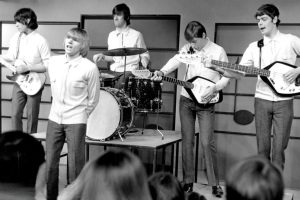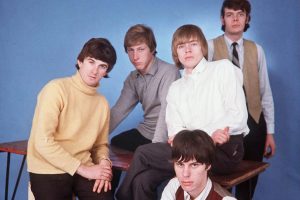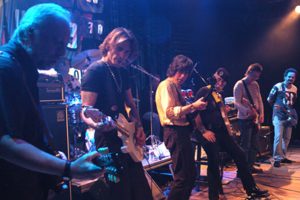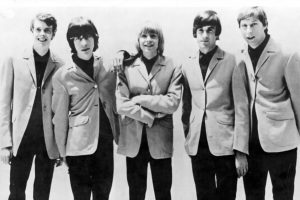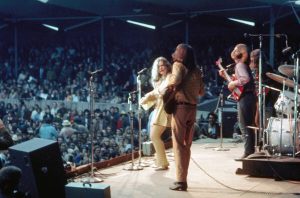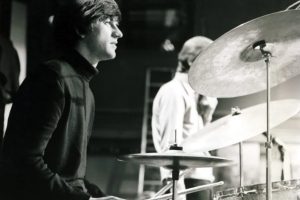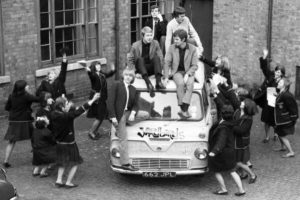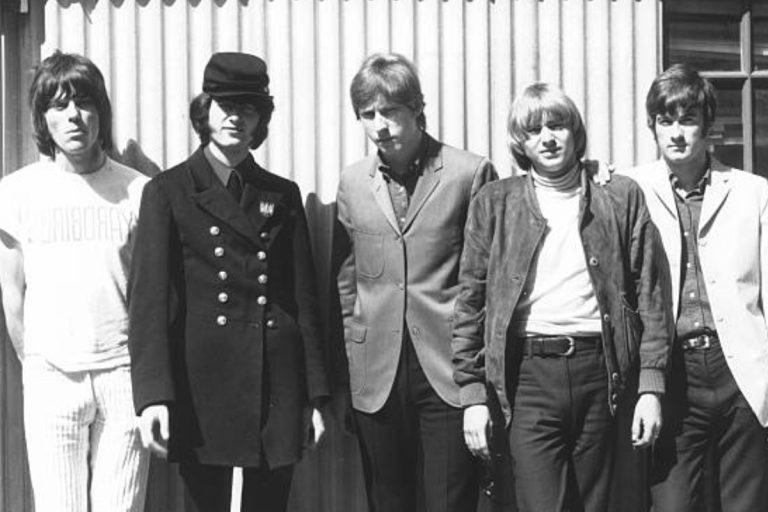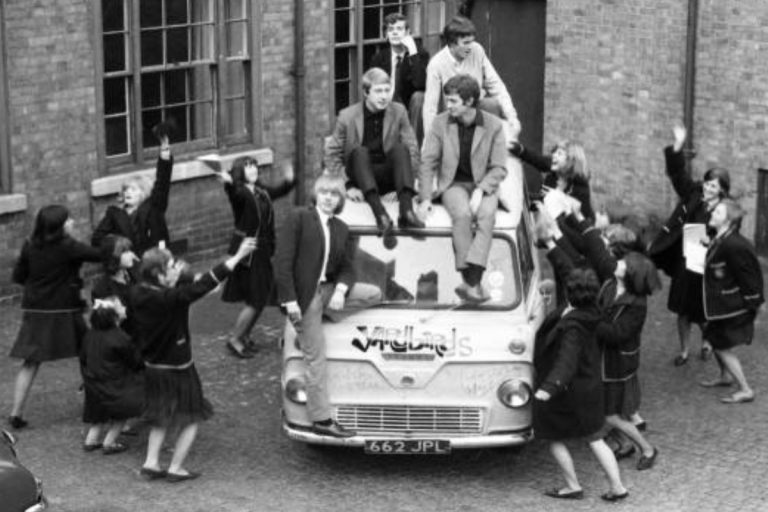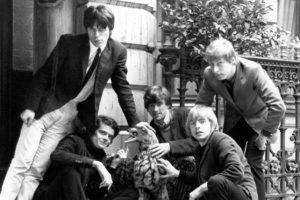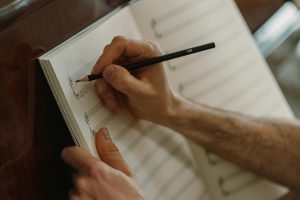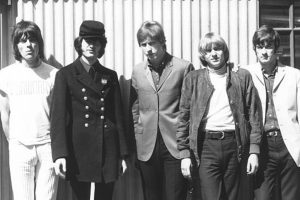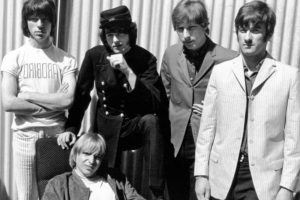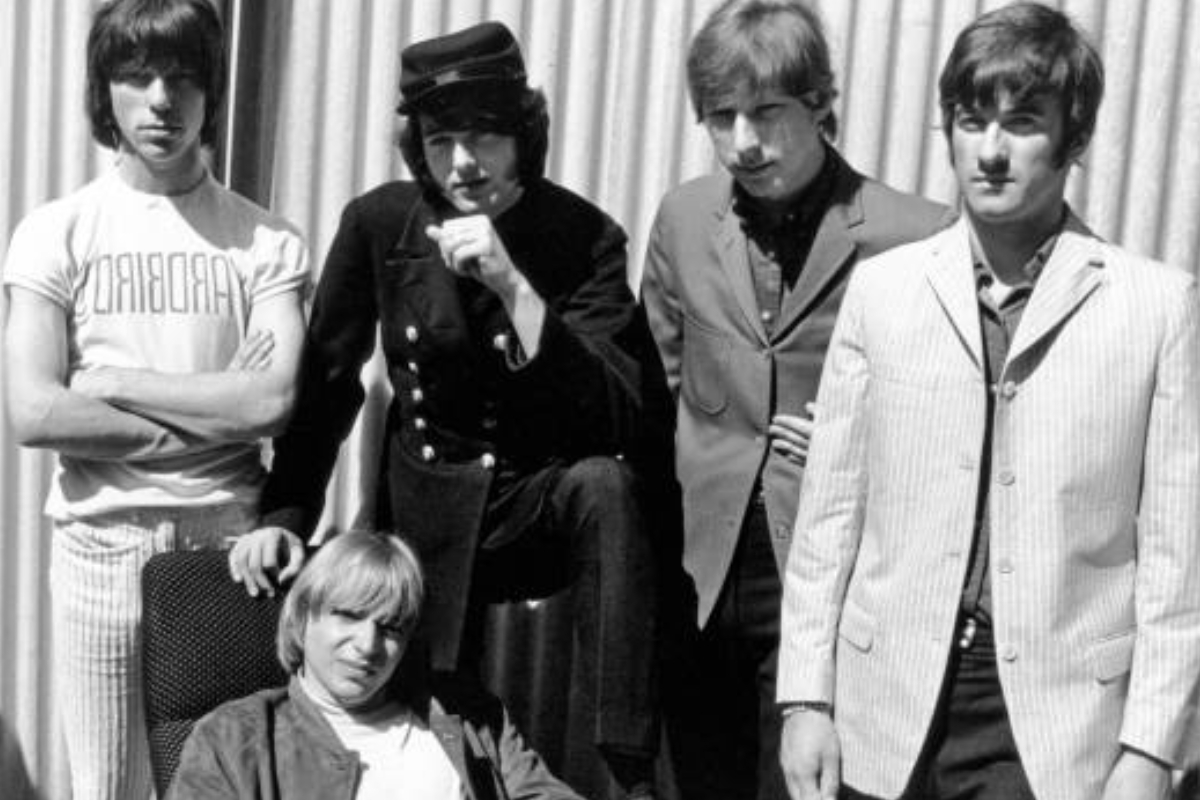
For music fans—especially content creators, musicians, and social media users always searching for the roots of modern sound—the Yardbirds’ 1967 US tour is worth revisiting. It marks the opening of a new chapter not only for the band but for the entire rock music landscape. At a time when psychedelic sound, improvisation, and heavier riffs were just emerging, The Yardbirds were there, paving the path that many bands would follow for decades to come.
What to Expect in This Article
You’ll discover what happened behind the scenes of the Yardbirds’ 1967 US tour—how the band evolved, what kind of music they brought, where they performed, and how this tour impacted rock history. You’ll also hear the stories behind the stage and how the transition from The Yardbirds to Led Zeppelin began.
A Time of Change: The Band in 1967
In 1967, The Yardbirds were in the midst of major changes. Their lineup was now led by Jimmy Page, who had shifted from being a session guitarist to becoming the band’s most visible frontman. He was joined by Keith Relf (vocals), Jim McCarty (drums), and Chris Dreja (bass).
This wasn’t the same Yardbirds who had performed “For Your Love” in the mid-‘60s. Their sound had grown deeper, heavier, and more psychedelic. While still rooted in blues and improvisation, there were now hints of the weight and aggression that would later define Led Zeppelin.
As their sound grew more experimental, the band was also in search of its own direction. They became more open to musical ideas and techniques they hadn’t previously embraced. The new lineup allowed for more creative freedom, with each member bringing in different influences—from blues and folk to avant-garde. This era sharpened the band’s ability to cross genres without losing their identity.
Planning The Yardbirds’ 1967 US Tour
America played a huge role in the success of many British bands in the ’60s. So it was no surprise that The Yardbirds planned another US tour—a key move to maintain their international presence.
But the Yardbirds’ 1967 US tour wasn’t smooth at the start. There were logistical challenges—flights, visas, transport, and booking venues. Still, with the help of their label and some promoters, the tour schedule was finalized, and they began performing across various cities.
Excitement surrounded the tour, but so did tension. Creative differences began to show. Still, the band pushed forward, hopeful they could connect more deeply with American audiences.
Key Stops of The Yardbirds’ 1967 US Tour
Not every concert had the same energy or crowd response. Each city had its own vibe, and each night was a new experience. Here are some key places where The Yardbirds made a lasting impression:
Fillmore West and Whisky a Go Go
Highlights of the tour included their shows at iconic venues like Fillmore West in San Francisco and Whisky a Go Go in Los Angeles. These were spaces where up-and-coming artists and established names played—perfect for getting noticed by real musicians and critics. Their presence in these venues proved they weren’t just another band—they were at the heart of musical experimentation.
East Coast: Rebels Open to the New
On the East Coast, students and youth involved in the counterculture movement warmly received the band. Their distorted sound and unpredictable arrangements matched the spirit of those searching for something new and different. In college towns and liberal cities, their improvisational style resonated well.
Midwest: Cautious Curiosity
In the Midwest, the crowd was more conservative but curious about the band’s unusual sound. At first, there was tension in the air, but as the performances unfolded, the audience warmed up. Applause wasn’t immediate, but the interest was real—even among those unfamiliar with such performances.
West Coast: Freedom in Music
On the West Coast, audiences were more open to experimentation, giving Jimmy Page space to shine with his violin bow guitar solos. These performances were both visually stunning and sonically unique, boosting their stage presence. The band also took more risks with their song choices during this leg of the tour.
Some nights, as fans recall, the band seemed “elevated”—both literally and metaphorically. But overall, the performances were historic—full of raw energy, new direction, and a touch of mystery.
Setlists and Performance Style
One of the defining features of the Yardbirds’ 1967 US tour was the unpredictability of their setlists. They still played classics like “Shapes of Things” and “Heart Full of Soul,” but they also introduced newer, more experimental tracks like “Glimpses” and “Dazed and Confused”—the song Jimmy Page would later carry into Led Zeppelin.
Beyond the song choices, the band’s performance style stood out. Page loved using feedback, distortion, and unusual sounds created with effects pedals. On some nights, he used a violin bow on his guitar—a rare visual and sonic experience at the time.
The sets weren’t always perfect, but they were packed with passion and the desire to create something new. They weren’t afraid to experiment, even if not every audience immediately understood.
Backstage and On the Road: Behind-the-Scenes Stories
Behind the tour’s energy were many stories. According to insiders, the band members often had different priorities. Jimmy Page was focused on the sound, while Relf and McCarty leaned more toward folk and jazz influences.
Some nights, they stayed up not to party, but to debate the direction of their music. In one Chicago hotel, tensions flared over disagreements about the setlist.
Still, there were light moments too. In Los Angeles, they once jammed backstage with Frank Zappa—an encounter that deepened mutual respect’s creativity.
The US Tour’s Impact on The Yardbirds
The Yardbirds’ 1967 US tour brought both success and strain. On one hand, they showed they could keep up with the growing psychedelic and experimental scene in the US. On the other, the cracks between band members grew wider.
While some American critics gave positive reviews, others felt the band seemed directionless. The tour wasn’t a failure, but it also wasn’t the breakout moment some had hoped for.
Still, for fans and musicians who witnessed it, the potential was clear. This was a band on the edge of a massive shift.
Breakup and Transition After the Tour
After the tour, the creative tension became more obvious. Keith Relf and Jim McCarty left to pursue a softer sound with their new project, Renaissance. Page and Dreja stayed on, but Dreja soon left music to focus on photography.
Wanting to keep the momentum going, Jimmy Page began forming the “New Yardbirds,” which would soon be renamed Led Zeppelin. In that sense, the Yardbirds’ 1967 US tour wasn’t just the end of an era, but the beginning of a whole new chapter in rock history.
Why the Yardbirds’ 1967 US Tour Still Matters
In music history, some tours don’t make a big splash commercially but leave a deep mark creatively. The Yardbirds’ 1967 US tour is one of them. On those nights they played in America, audiences were introduced to a sound that wasn’t just rock—it was a hybrid of blues, psychedelia, and proto-metal.
It may not have been their most commercially successful tour, but it opened doors for deeper musical experimentation. It also served as the bridge from The Yardbirds to Led Zeppelin—a band that would reshape rock on a global scale.
To this day, those nights in 1967 are still talked about—not just for the music, but for the possibilities that were born in every note, every sound, every walk to the stage. The Yardbirds’ 1967 US tour remains a vital part of the story—not only of the band, but of rock and roll itself.
